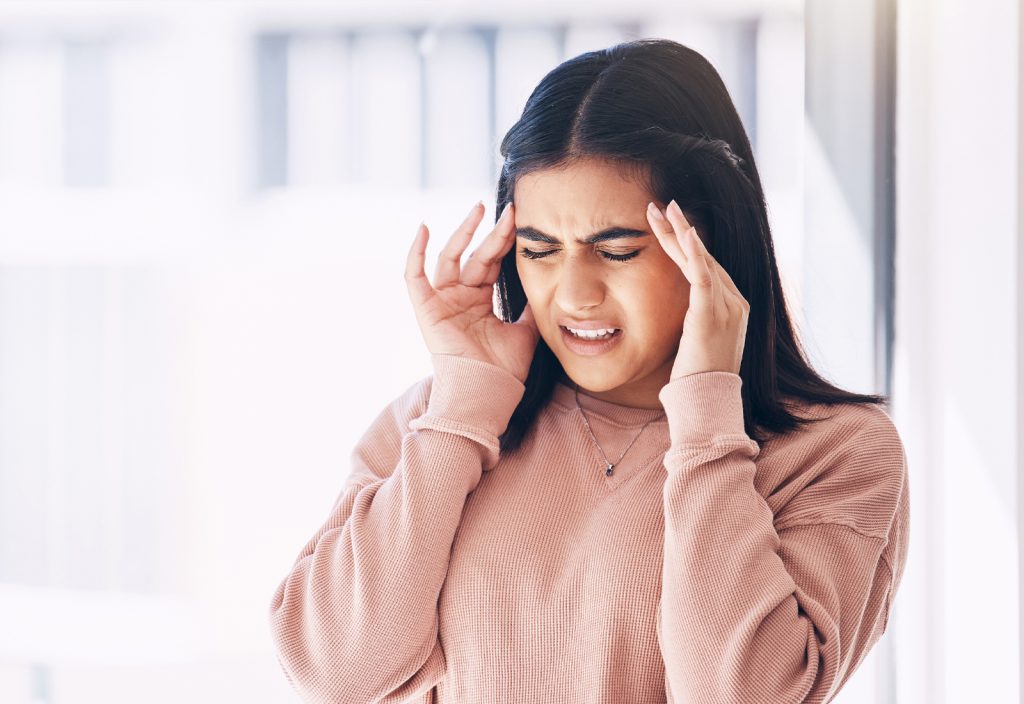Is osteopathy good for migraines

Understanding migraine pain
What happens in a migraine attack
Common triggers and underlying mechanisms
How migraines differ from tension and cluster headaches
Migraines are more likely to be pulsating, one-sided, and accompanied by nausea, visual changes, and sensory hypersensitivity. They tend to disrupt daily activities more significantly and can leave residual fatigue even after the pain subsides. Recognising the distinction between these conditions allows an osteopath to approach assessment and treatment safely and with appropriate clinical reasoning.
David has been treating my lower back pain. He provides a very professional service, and has a wealth of knowledge. Sanderstead Osteopath is a welcoming, cosy and clean clinic. On bad days when I have hardly been able to walk due to the pain, after David's treatment I feel I can do star jumps! The instant relief is noticeable. Parking is nearby which is very convenient. I highly recommend anyone to come here, you won't be disappointed.
August 28, 2023
How osteopathy approaches migraine management

The musculoskeletal and vascular connection
Although osteopathy does not claim to cure migraines, improving musculoskeletal function can help lower the frequency or intensity of episodes in some individuals. Many patients also report secondary benefits such as reduced neck stiffness, better sleep, and improved wellbeing, which may contribute to more stable migraine control over time.
Osteopathic assessment of the neck, jaw, and cranial base
Techniques that may help reduce headache frequency and intensity
The link between posture, neck tension, and migraines

How cervical mechanics can contribute to migraine pain
Releasing tension in the upper back and shoulders
Lifestyle and self-management alongside osteopathy

Hydration, sleep, and stress management
Gentle movement and breathing exercises
When to combine osteopathy with other healthcare support
I’ve been seeing David for 10+ years now and wouldn’t go anywhere else. I’ve recently taken my 15year old son to David as he has had some health issues effecting his muscles and joints, he has experienced immediate improvements. I also recommended my mum who sees another member of the team and again, is really pleased with the treatment and outcome 5⭐️
August 28, 2023
What to expect during osteopathic treatment for migraines

Initial consultation and case history
Hands-on techniques and aftercare advice
Monitoring progress and setting realistic expectations
When to seek medical advice

Red-flag symptoms and referral triggers
Collaborative care with your GP or neurologist
Always really happy with the knowledge and professionalism I receive.
August 28, 2023
Book an appointment at Sanderstead Osteopaths

Local expertise in migraine and headache care
Convenient access from Croydon, Purley, Warlingham, and nearby areas
Thanks to Tom for treating me before and after my Marathon last year – I literally would not have been able to do it without him. He also treated me for a pulled shoulder and neck pain. I'll definitely use Sanderstead Osteopaths again – highly recommend! 👍
August 28, 2023
FAQ — Osteopathy and migraines
Can osteopathy help with migraines?
Osteopathy may support people with migraines, especially when musculoskeletal factors (for example neck tension, jaw strain or postural imbalance) are contributing. Registered osteopaths assess the neck, cranial base and accompanying soft-tissues and may apply manual techniques to ease tension and promote better movement.
However, it is not a standalone cure for migraine since migraines often involve neurological and vascular mechanisms beyond the musculoskeletal system.
How many osteopathy sessions are usually needed for migraine relief?
There is no fixed number of sessions that works for everyone. The number depends on your individual pattern of migraines, underlying factors (posture, tension, triggers), and how you respond to treatment. Some people notice improvements after a few visits, others may require a longer period of support alongside lifestyle changes.
What does an osteopathic treatment for migraines involve?
The osteopath starts with a detailed case history, focusing on your migraine pattern, triggers, posture and neck/jaw function. Physical assessment follows, looking at joint movement, muscle tension and circulation in the upper neck and cranial base. Manual techniques may include soft-tissue release, gentle articulation, cranial work and advice on self-management.
Is osteopathy safe for someone who gets migraines?
When performed by a qualified, registered osteopath, the treatment is generally safe. Because some migraine-type headaches may signal more serious neurological issues, the osteopath will check for red-flags (such as sudden onset, visual changes, neurological symptoms) and may refer you to a GP or specialist if needed.
Can osteopathy replace migraine medication?
Osteopathy is best viewed as a complementary approach rather than a replacement for medication or medical management. If you are under a GP or neurologist for migraines, osteopathic care can work alongside that treatment, focusing on the structural and mechanical aspects that may influence your symptoms.
What lifestyle changes should I combine with osteopathic treatment?
Combining osteopathic care with healthy habits can enhance outcomes. Key areas include maintaining consistent hydration and sleep, managing stress, improving posture, reducing neck and shoulder tension, and identifying individual migraine triggers (such as diet, environment or ergonomic strain). These measures support the structural improvements made in clinic.



